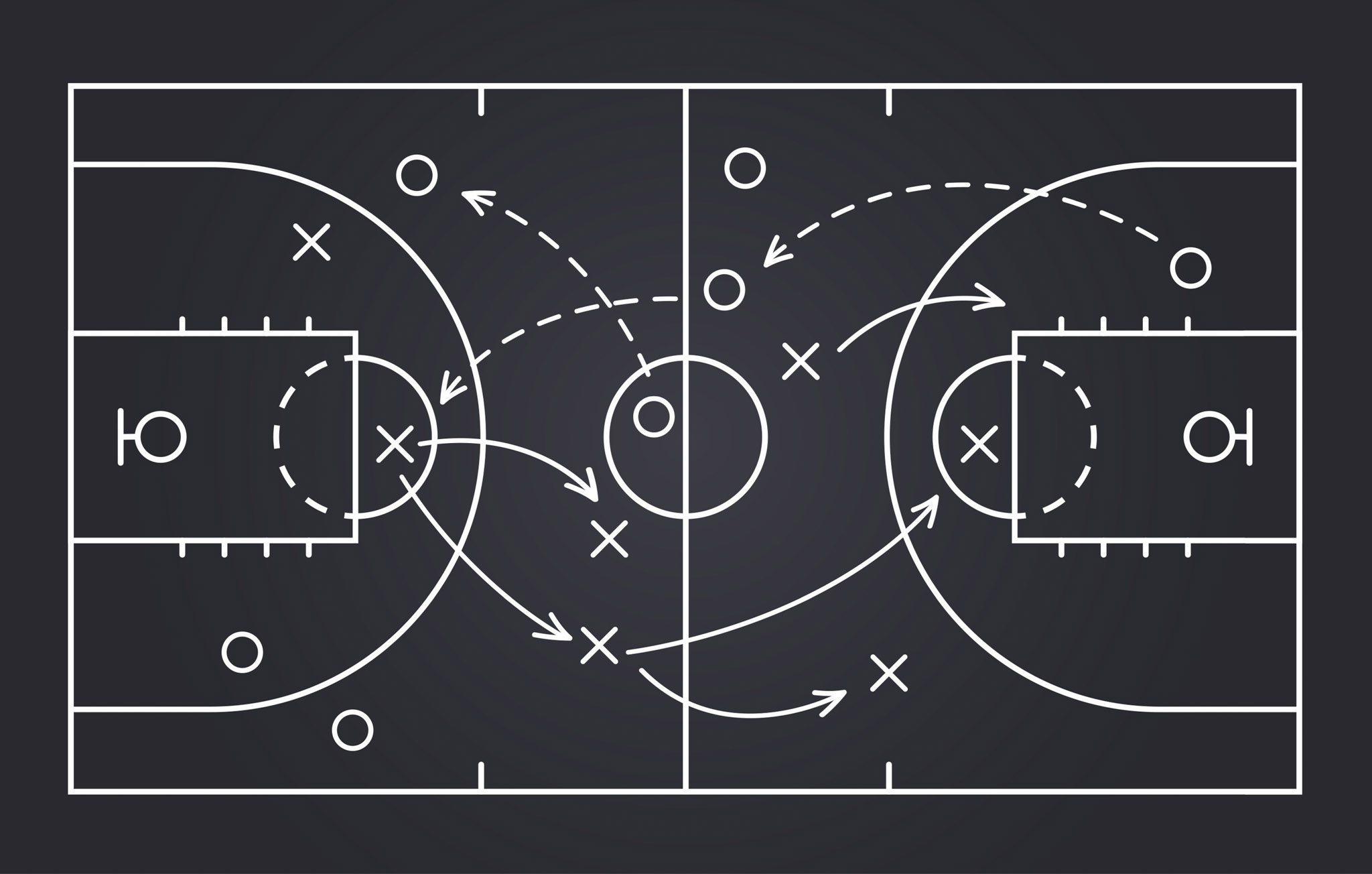Thinking About the Components of a System

desdemona72 / Shutterstock
All three basic components of a system (elements, interconnection and function / purpose) are essential parts of a system. You cannot have a system without elements, interconnections or a purpose. However, it is often the least obvious part of the system, the function or purpose, that is the most crucial determinant of the system’s behaviour (Meadows 2008, 15). Typically (but not always) a system “goes on being itself, changing only slowly if at all, even with complete substitutions of its elements — as long as its interconnections and purposes remain intact” (2008, 16).
The interconnections that exist within systems are critically important, and changing the nature of the interconnections can create significant changes in a system’s dynamics. Remember: it is typically the most obvious, focusable parts — the elements — that are the least important in shaping a systems behaviour. Finally, the most important determinant of a system’s behaviour — the purpose or function — is not equivalent to its stated goal, objective, mission statement, or any other type of rhetoric that may be present in a system. A system’s overall function or purpose can only be deduced from its behaviour over time.